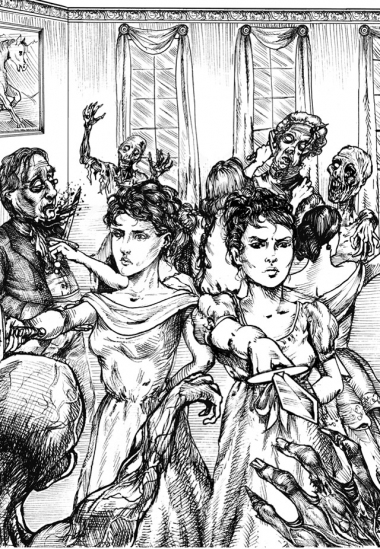Review: ‘The Man Who Shot Liberty Valance’ and ‘El Dorado’ on DVD
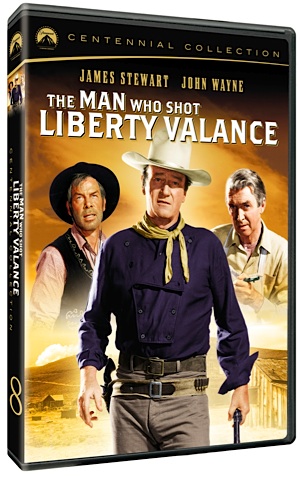 The Western movie genre is something most of us consider a relic from the 1950s, and yet, two of the better regarded films – The Man Who Shot Liberty Valance
The Western movie genre is something most of us consider a relic from the 1950s, and yet, two of the better regarded films – The Man Who Shot Liberty Valance
and El Dorado
– are products of the 1960s, even though they feel older given the changes to American cinema in that decade. Both movies, coming out Tuesday as part of Paramount Home Video’s Centennial Collection, are both solid and entertaining.
The former may be best recalled for line, “This is the west, sir. When the legend becomes fact, print the legend.” It stars James Stewart and John Ford playing entirely different kinds of men of the west. Wayne was a rancher, a fairly decent sort but narrow-minded, prone to jealousy, and believed using a gun was essential to surviving on the frontier. Stewart, a lawyer by training, came west to start his career. Both loved Hallie (Vera Miles) and had no stomach for the cruel bandit Liberty Valance (Lee Marvin). The story involved the battle over the unnamed territory becoming a state and climaxed at a nominating convention, where the learned lawyer was named to represent the locality putting him on a path to his becoming a senator and governor.
We learn all this from the framing device, which has the older Stewart and Miles coming back to Shinbone to attend Wayne’s funeral. Stewart is coaxed into telling the local newspaper editor why this man meant so much to the Senator. We then go back to when things were rough and education was a luxury few could afford to devote time to.
John Ford’s black and white production barely moves the camera but his characters are so full of life that you can’t take your eyes off them. He makes certain that everyone who speaks is full of life or quirks, adding a subtle energy to the overall production. The values of the old west are clear although we never do know why Wayne kept calling Stewart, “[[[Pilgrim]]].” Wayne allows his Tom Doniphon to be shaded, and downright unlikeable in some sequences, but fair-minded, especially when it came to treating others, including the African America farmhand played by Woody Strode.
 On the other hand, Howard Hawks’[[[El Dorado]]], shot five years later and in full color, is a bigger story, played out on location and feels entirely different. His characters, though, are stoics and barely exhibit much emotion. When John Wayne accidentally kills Luke McDonald (Johnny Crawford), the McDonald family barely nods in acknowledgement. This story is also about land rights, as the black-hatted Ed Asner hires gunmen to force the McDonalds into giving up their water rights. The Sheriff (Robert Mitchum) has become a drunk over an ill-fated romance and it takes his old friend, mercenary John Wayne, accompanied by the tyro James Caan to help maintain law and order. The professional rivalry theme plays out between Wayne and Mitchum, both showing their age here, but also between Wayne and Christopher George, the gunhand newly arrived to aid Asner.
On the other hand, Howard Hawks’[[[El Dorado]]], shot five years later and in full color, is a bigger story, played out on location and feels entirely different. His characters, though, are stoics and barely exhibit much emotion. When John Wayne accidentally kills Luke McDonald (Johnny Crawford), the McDonald family barely nods in acknowledgement. This story is also about land rights, as the black-hatted Ed Asner hires gunmen to force the McDonalds into giving up their water rights. The Sheriff (Robert Mitchum) has become a drunk over an ill-fated romance and it takes his old friend, mercenary John Wayne, accompanied by the tyro James Caan to help maintain law and order. The professional rivalry theme plays out between Wayne and Mitchum, both showing their age here, but also between Wayne and Christopher George, the gunhand newly arrived to aid Asner.
This is far more of an ensemble story, similar to [[[Rio Lobo]]] and [[[Rio Bravo]]], considered today a Hawks trilogy, but at least the two female leads play strong characters. The actresses – Michele Carey and Charlene Holt – are both quite good and new to me. Nelson Riddle’s score also gives the film a more contemporary feel.
While a country struggled through the 1960s with social and political upheaval, people flocked to the movies to get away from their troubles, and delighted in seeing America when things were simpler and the issues were pretty clear. Ford and Hawks, both in the twilights of their careers, both rise to the occasion.
Each disc comes with a multi-part documentary on the making of the movie and pay tribute to the directors. El Dorado also has a short archival film, [[[The Artist and the American West]]], along with A.C. Lyles reminiscing about Wayne. Both come with still galleries including the lobby cards and publicity surrounding both features.


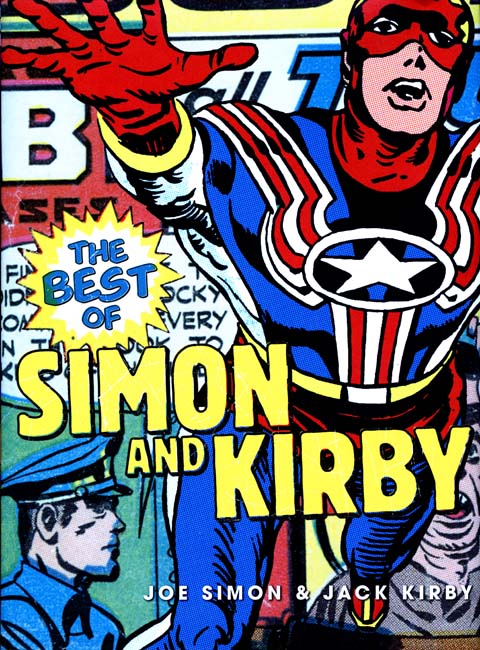 Joe Simon and Jack Kirby have been the gold standard for partnerships in the comic book field. Their work ethic, their creations, and their longevity speak volumes about the duo and speaking of volumes, they are likely the only ones to get DC and Marvel to allow stories from their archives to share two covers,
Joe Simon and Jack Kirby have been the gold standard for partnerships in the comic book field. Their work ethic, their creations, and their longevity speak volumes about the duo and speaking of volumes, they are likely the only ones to get DC and Marvel to allow stories from their archives to share two covers,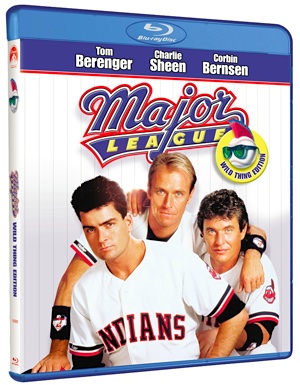 For whatever reason, baseball is the sport that translates best to film. Maybe it’s the team aspect, or the poetry of the game, but there are more movies about the sport than any other. On the other hand, baseball and other sports never seem to translate well to the comic form. Go figure.
For whatever reason, baseball is the sport that translates best to film. Maybe it’s the team aspect, or the poetry of the game, but there are more movies about the sport than any other. On the other hand, baseball and other sports never seem to translate well to the comic form. Go figure.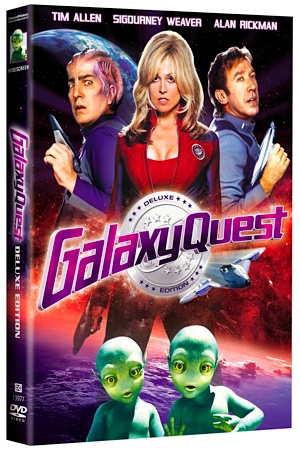
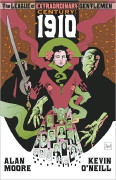
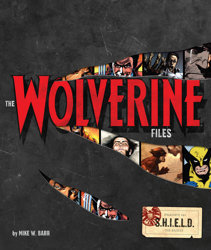 It’s fascinating to see the same material presented in competing books, approached in entirely different ways. DK Publishing, the successful home to the various character-specific Ultimate Guides, offers up
It’s fascinating to see the same material presented in competing books, approached in entirely different ways. DK Publishing, the successful home to the various character-specific Ultimate Guides, offers up 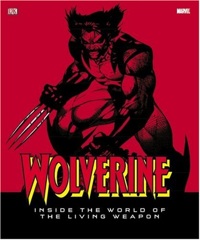 DK, known for its hyperkinetic layouts, tones things done here and makes each spread easier to read, with nice call outs, and judicious graphic selections showing the great range of art styles employed through the years.
DK, known for its hyperkinetic layouts, tones things done here and makes each spread easier to read, with nice call outs, and judicious graphic selections showing the great range of art styles employed through the years.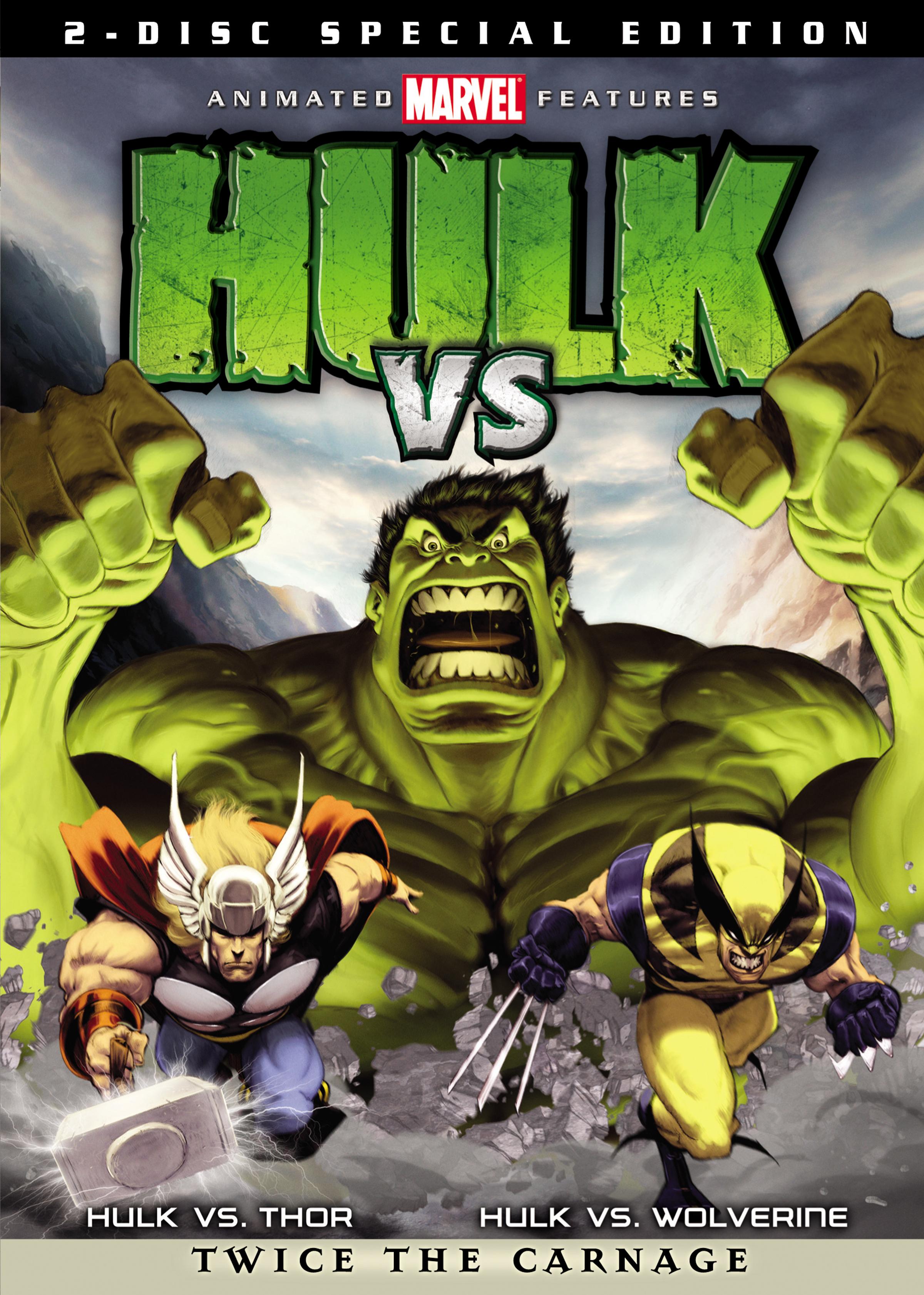 Marvel has had varying degrees of success with the direct-to-video efforts but the program continues and there’s little surprise that the most recent offering featured Wolverine, given the release this week of [[[X-Men Origins: Wolverine]]]. What is odd is that Lionsgate chose to release the video
Marvel has had varying degrees of success with the direct-to-video efforts but the program continues and there’s little surprise that the most recent offering featured Wolverine, given the release this week of [[[X-Men Origins: Wolverine]]]. What is odd is that Lionsgate chose to release the video 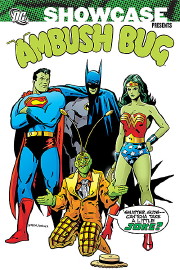
 All eyes are on what J.J. Abrams and his team have done to reinvigorate public interest in
All eyes are on what J.J. Abrams and his team have done to reinvigorate public interest in 